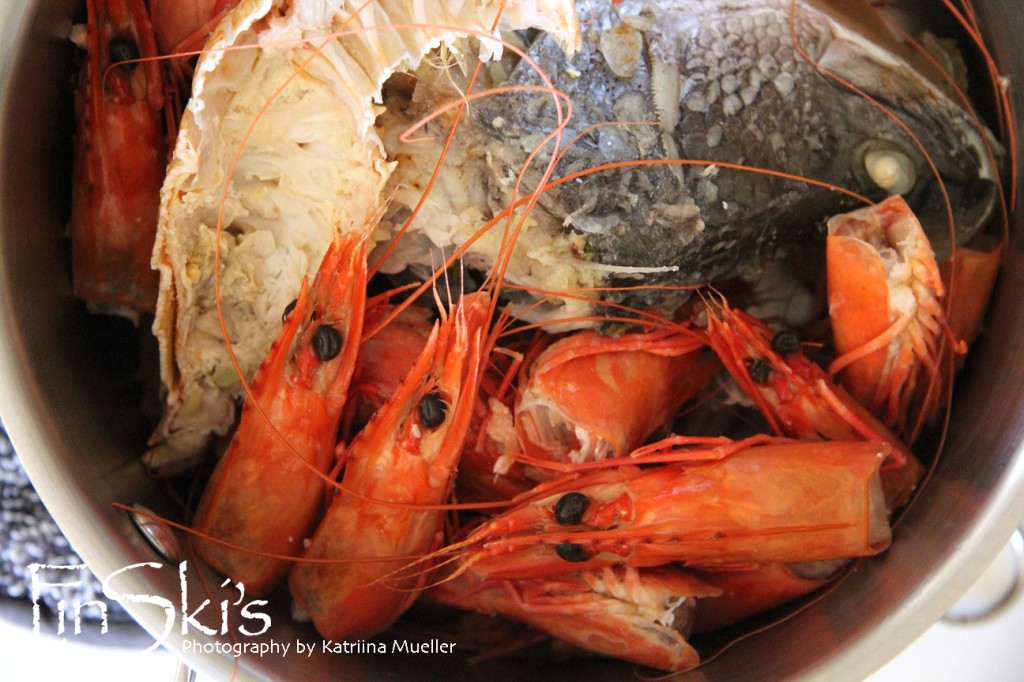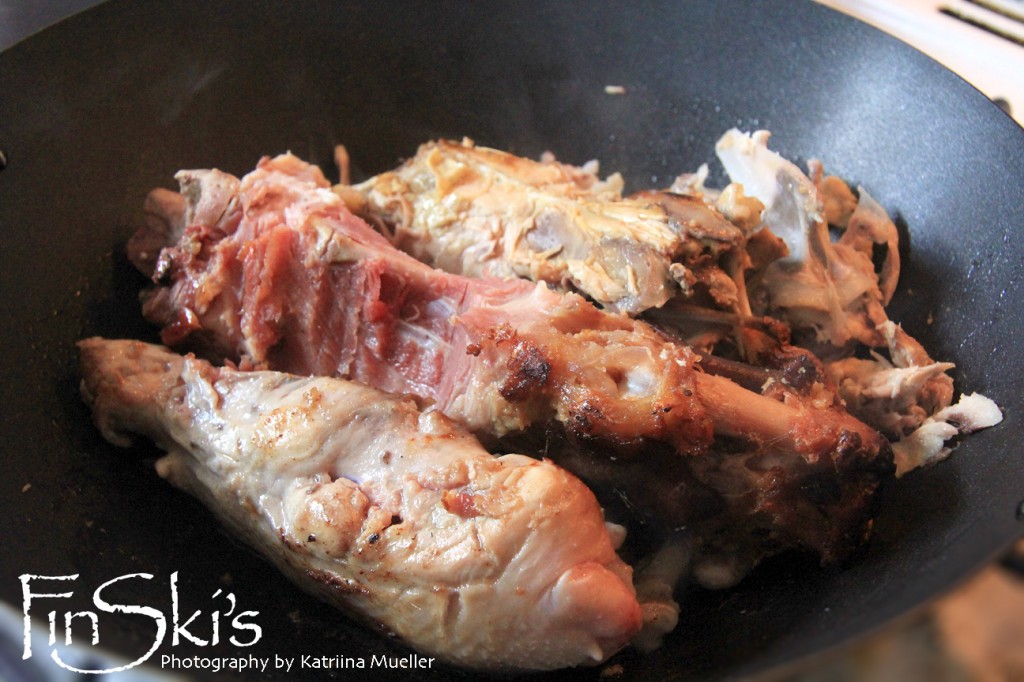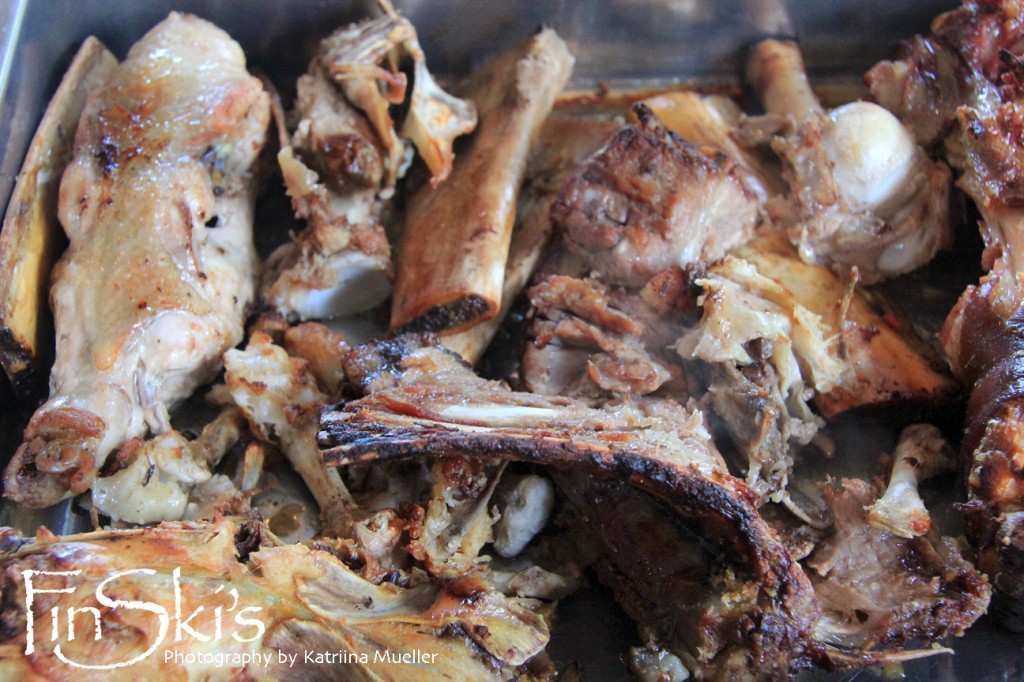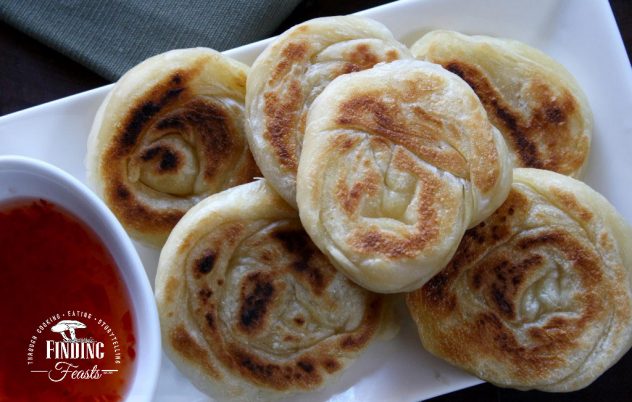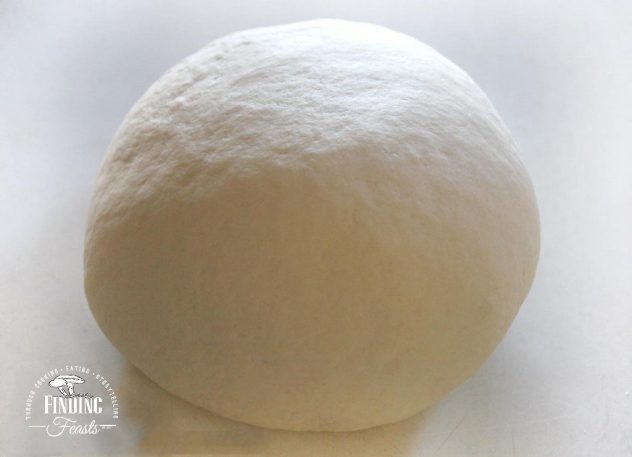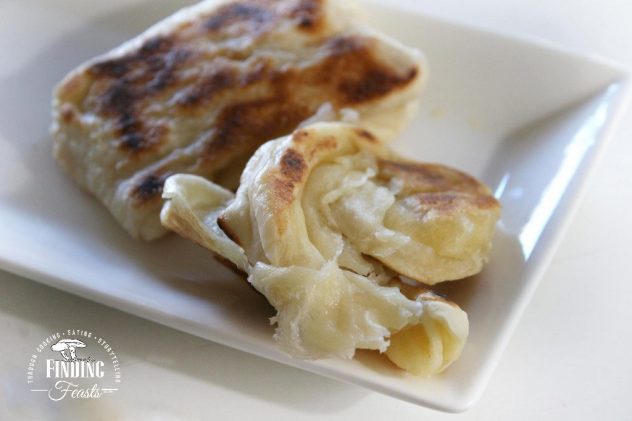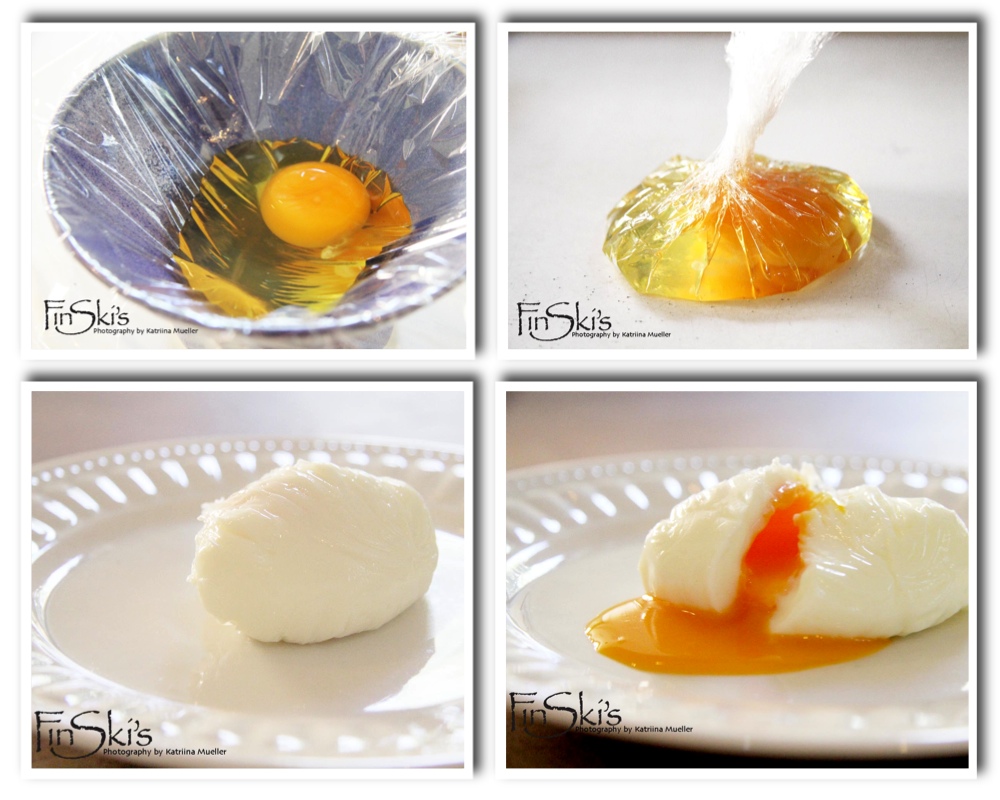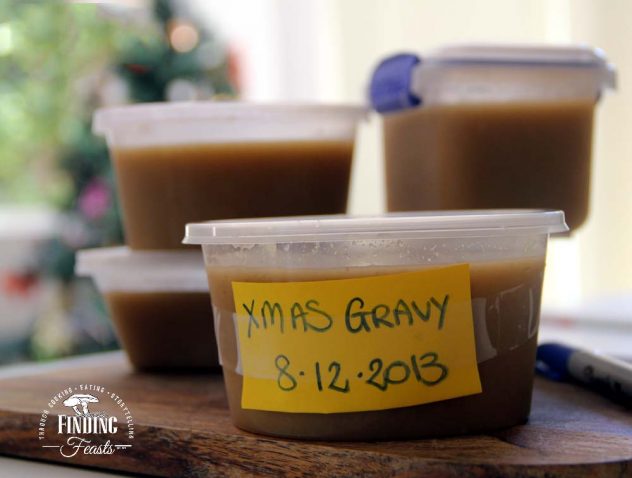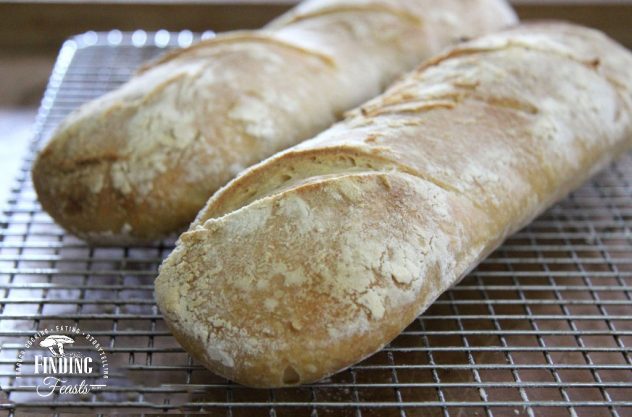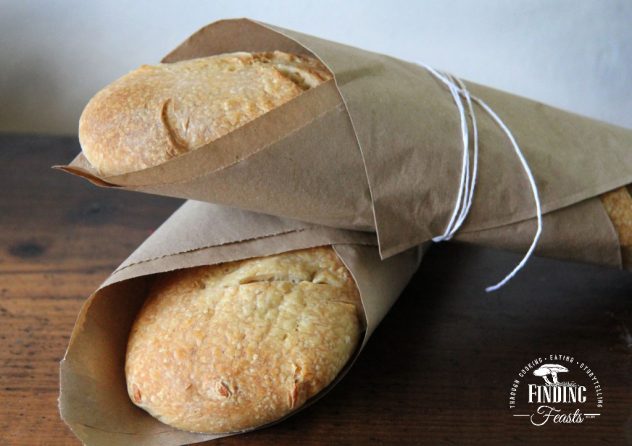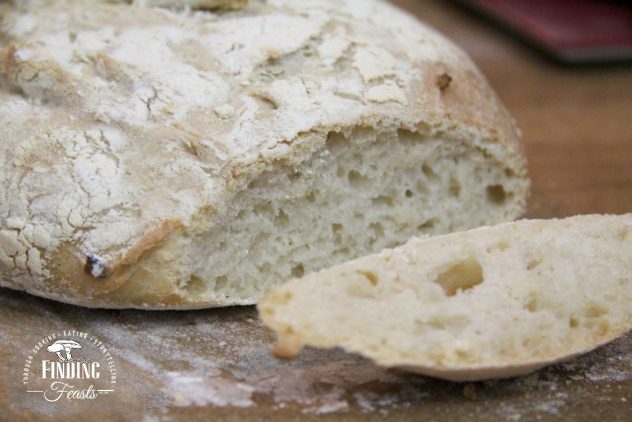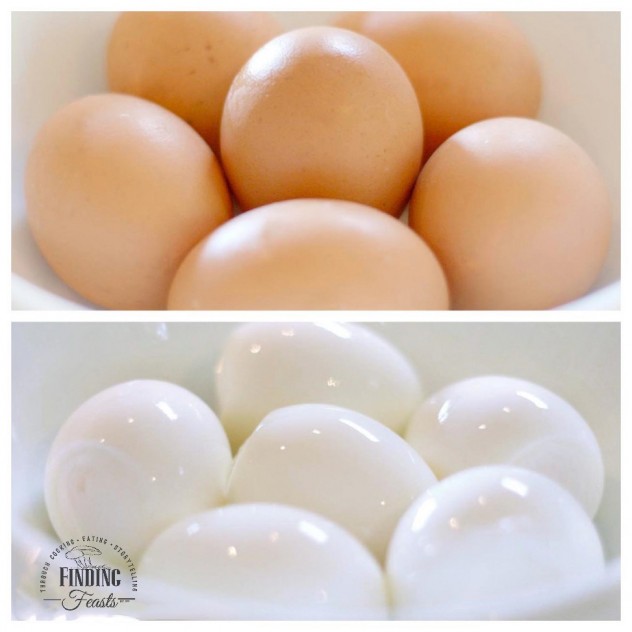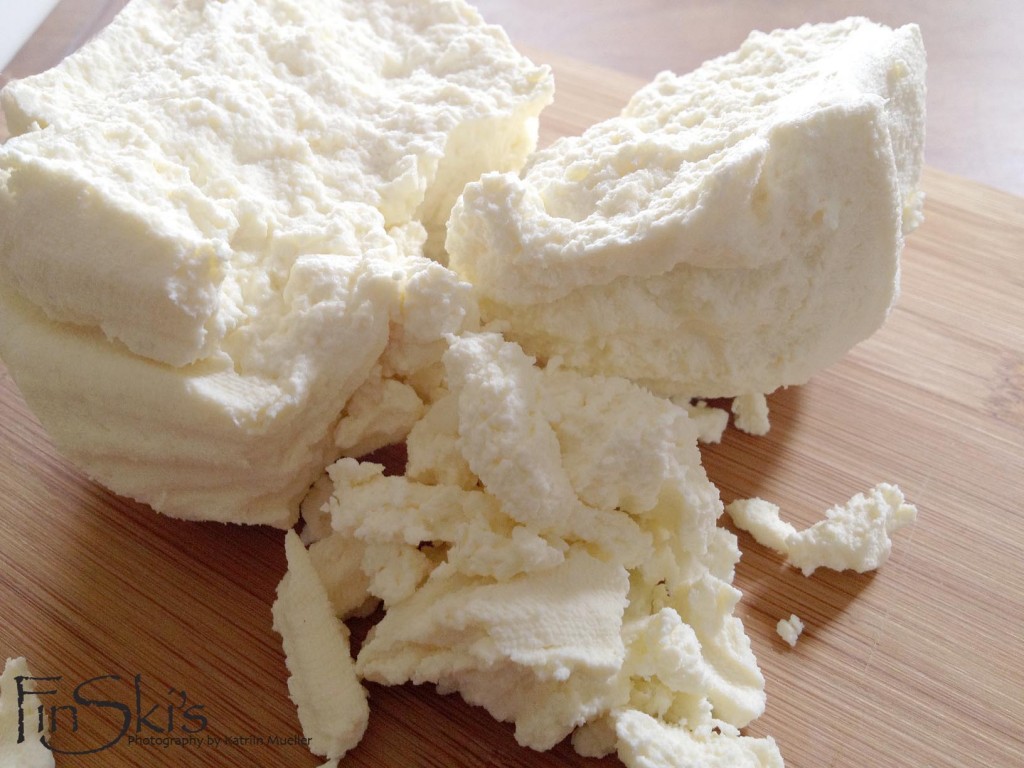Broth, Stock or Bone Broth… What is the difference between the three? Is there a difference between the three?
There’s no mistaking what a stock is or a bone broth is but it can become a little unclear as to where a broth stands, here is my interpretation of the three…
Broth -Think of a broth as the finished product, a soup in a sense… Chicken Soup or Won Ton Noodle Soup all use a broth. It is a gently flavoured liquid that is made by flavouring water with meat, or very meaty bones, carrots, celery, light herbs, onion and most importantly seasoned with salt. It is lighter in flavour compared to the stock and bone broths and is always clear and thin, which is an absolute necessity in asian cuisine.
The cooking time is much shorter compare with the other two methods, around 40 minutes (unless you are poaching a whole chicken). There are no added health benefits to an extended cooking time for broths, and it will even negatively affect the flavour of your broth, especially if you are making a fish broth, which will turn bitter if cooked longer than 30-40 minutes. All the flavour and nutrients you want will be leached out into the liquid during this short cooking time.
My favourite broth is a chicken one. By poaching a whole chicken in water with the addition of carrots, onion, celery and seasoned well with peppercorns and salt, you end up with beautifully moist meat and a broth that is delicious and effortless – this method takes about 1 hour 20 minutes as it’s the whole chicken. The benefit of this method is you have a lot of meat leftover that can then be made into pies or a salad through the week along with plenty of chicken broth. As a bonus, the chicken carcass can be incorporated into a bone broth, just freeze till required.
Broths will remain quite fluid as opposed to the stocks and bone broth, which with their naturally high gelatin content, will turn to jelly once refrigerated.
Vegetable and fish broths do not benefit from long cooks.
Stock – Is a component of cooking, it’s used to add body and flavour to a dish, generally not to have on it’s own, think of risotto, stews or gravy. It is made with well roasted bones – ideally with quite a bit of meat still left on them for the extra flavour, and vegetables. Roasting the meaty bones is necessary to a good quality stock as you want rich, well developed flavours in a stock, which the roasting of the bones and vegetables will do. Un-roasted bones will leave a slightly odd, unpleasant flavour to the liquid.
Stocks are generally cooked for 6 -12 hours.
As I make quite big batches of stock at one time (10-12 cups worth) I personally choose to keep the added flavours of vegetables and herbs to a minimum, this way I can alter it to lean toward a particular cuisine when I want to. It’s still a very rich stock just not heavily loaded with flavours outside of the roasted meaty flavours.
Remember to keep all your bones from the roasts you make, in the freezer till you are ready to make your stock. My favourite stock combines the meaty bones of various beasts with the addition of a rabbit carcass – the flavour is magical!
Bone broth – Think of bone broth as homemade medicine. Made to be drunk straight, especially the first ‘pressing’, it is the holy grail of the stewing liquids. Used for speeding the healing, repair and recuperation time from illness, reduce joint pain, reduce inflammation, prevent bone loss and build healthy skin, hair, and nails. Certain amino acids that come mostly from the bones can assist with a healthy gut and digestion, a balanced nervous system and strong immune system – just as chicken soup (using the whole chicken) has been proven to aide in healing, bone broth takes it that next step further. Made using mainly the bones – as that is where the amino acids and minerals will be coming from, it’s the very long stewing time, combined with a vinegar solution to draw out certain minerals, that makes the bone broth highly regarded for it’s health benefits. If you are making bone broth you are making it because of it’s centuries known health benefits, otherwise you would stick to stocks.
To get the most out of the bones do your best to source organic or biodynamic animals and birds,100% grass fed beef, pasture raised chickens… basically any animal or bird that has been raised well and healthily as you are making this bone broth for it’s health benefits so the bones need to be from the healthiest animals possible… and keep them all! As you come across them, bag and freeze them; accumulate them so you have a nice mound of bones, raw chicken carcasses etc to make your broth or stock. Continue reading “How To Make A Broth, Stock or Bone Broth”

